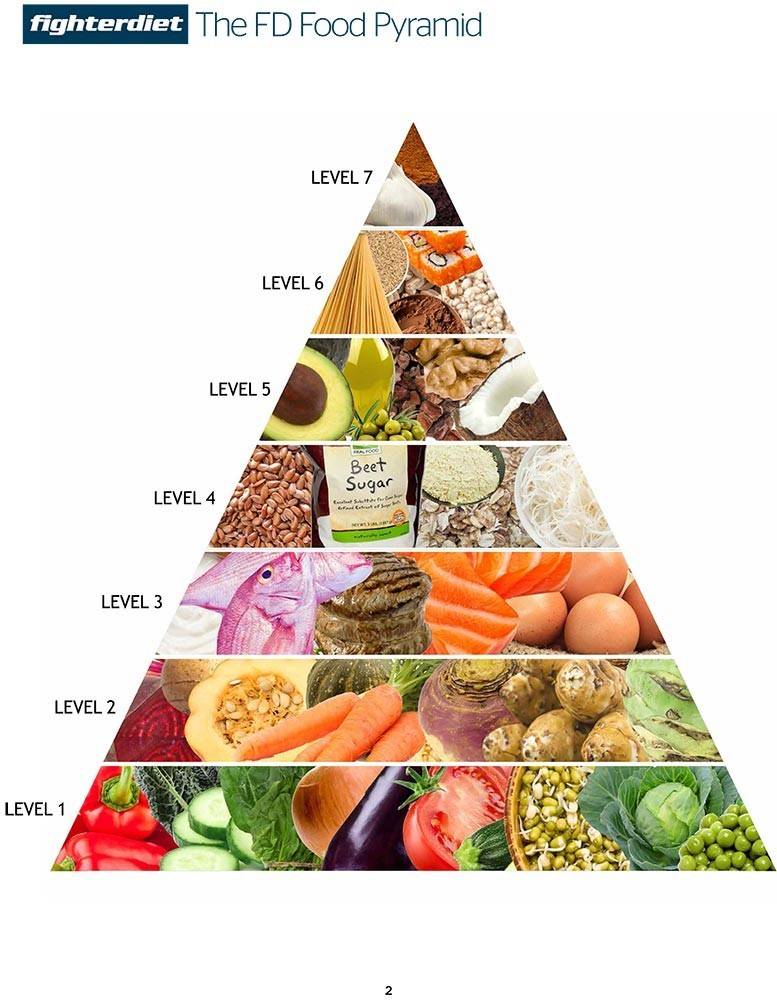Eggs have gotten a bad rap lately because they’re “too high” in cholesterol and fat, but truth be told, their nutritional benefits outweigh the negative criticism – not to mention, they’re insanely delicious.
So, what came first the chicken or the egg? We can’t confirm the pecking order, but we do know what eggs are made of and where they come from. Eggs are laid by females of many different species, including fowl, reptiles, amphibians, and fish. They have been eaten by mankind for millennia, literally longer than any human can remember. Bird and reptile eggs consist of a protective eggshell, albumen (egg white), and vitellus (egg yolk), contained within various thin membranes. Eggs that reign supreme around the world are chicken, ostrich, duck, quail, fish roe, and sturgeon caviar, but the most popular is the chicken egg (surprise!), and by a wide margin.
Egg yolks and whole eggs store significant amounts of protein and choline which are crucial for growth, liver health, and brain function. Due to their protein content, the United States Department of Agriculture (USDA) categorizes eggs as Meats within the Food Guide Pyramid.
Despite their nutritional value, the conversation around potential health issues from egg quality and storage conditions is ongoing. Animal rights activists are fighting every day against battery cages, which are notoriously cramped cages with a cruel reputation. Mass production of eggs is a global industry with room for improvement. Luckily, the world is slowly making positive changes in egg laying facilities.
What’s the bottom line? We support local and sustainable purchasing, and you should too. Organic eggs are available at your local farmer’s market and the majority of NYC grocery stores. Though slightly more expensive, the flavor and freshness speak for themselves. You can’t put a price on authenticity!
Weird egg facts:
(1) To tell if an egg is raw or hard-boiled, spin it. Because the liquids have set into a solid, a hard-boiled egg will easily spin. The moving liquids in a raw egg will cause it to wobble.
(2) Double-yoked eggs are often produced by young hens whose egg production cycles are not yet completely synchronized. They’re often produced too, by hens who are old enough to produce Extra Large-sized eggs. Genetics is also a factor. Occasionally a hen will produce double-yoked eggs throughout her egg-laying career. It’s rare, but not unusual, for a young hen to produce an egg with no yolk at all.
(3) It is said that an egg will stand on its end during the spring equinox (about March 21), one of the two times of the year when the sun crosses the equator and day and night are of equal length everywhere.
Nutrition Nuggets:
(1) The egg has a high nutrient density because it provides a wide range of nutrients in proportion to its calorie count (about 70 calories per large egg). Nutrient-dense foods help you get the nutrients you need without excess calories.
(2) A Large-sized egg supplies 12.6% of the Daily Reference Value (DRV) for protein. A little over half of the egg’s protein is in the white and the rest is in the yolk. The egg’s protein is the highest quality protein of any food. One egg of any size equals one ounce of lean meat, poultry, fish or seafood in the food groups.
(3) High-quality protein, like the protein in eggs, can benefit people of all ages in many ways, including forming muscle tissue, building muscle strength, repairing muscles after exercise and warding off the loss of muscle tissue as we age.
Written by Executive Sous Chef Stacy Pearl
Looking to host an event?
Contact our team here and we can shape a safe and creative experience for you.


